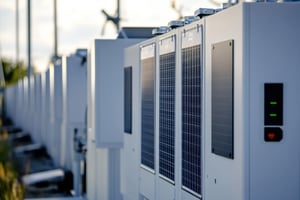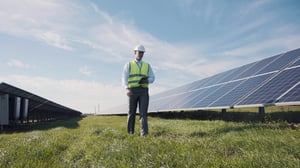
Future-proof energy
––––––––––––––––
At Solnet Group, we build solar and battery systems that keep up with your evolving energy needs and market developments.
Investing in renewable energy is not only about saving energy today but securing long-term adaptability and business continuity.

.jpg?width=300&name=blurred-night-lights%20(1).jpg)

STAY AHEAD OF CHANGE
Why future-proofing matters?
––––––––––––––––
Energy markets change fast. Your energy system needs to keep up with evolving rules, grid demands and technology. A future-proof solution protects your investment and ensures long-term value.
We design modular systems that can be easily expanded as your operations grow — whether that means adding panels, integrating battery storage, or connecting new locations.
Our solutions are compatible with dynamic grid environments and evolving utility requirements. You gain the flexibility to manage your energy intelligently — including demand response, peak shaving, and local energy trading.
From EV charging infrastructure to AI-based energy management, our systems are engineered to support emerging technologies without major overhauls.
With Solnet’s integrated battery storage and energy management system, your business can actively participate in energy balancing markets — offering grid flexibility services and unlocking new revenue streams.
Future-proofing also means securing your operations. All battery systems we install meet the latest international safety standards, including thermal runaway protection, smart isolation, and fire-resistant housing. We use certified lithium-ion or LFP (lithium-iron phosphate) technologies with real-time thermal monitoring — ensuring safe, long-term operation even under high load or varying temperatures.
Our advanced monitoring platform enables predictive maintenance, performance optimization, and remote software upgrades — keeping your system current and efficient over time.
Ready for your energy future?
––––––––––––––––
When you partner with Solnet Group, you invest in a solar energy platform — not just a fixed installation. We help future-proof your operations, so you stay ahead of energy transitions and maintain control over your long-term strategy.